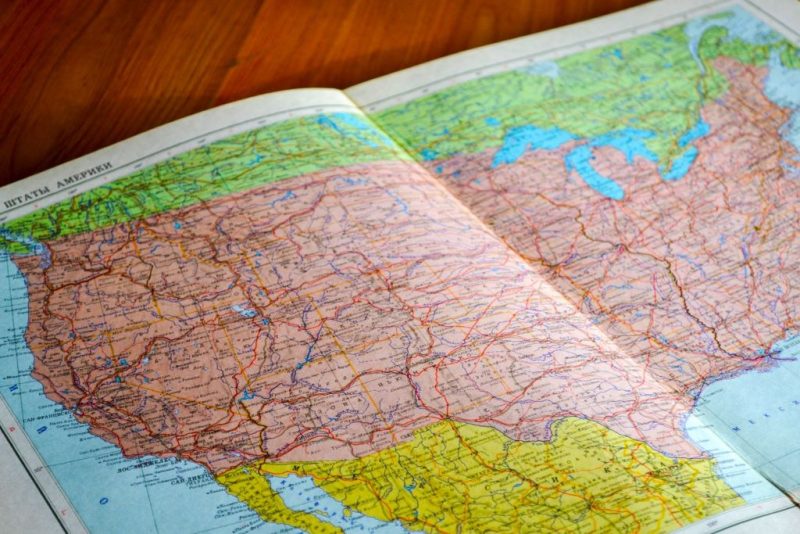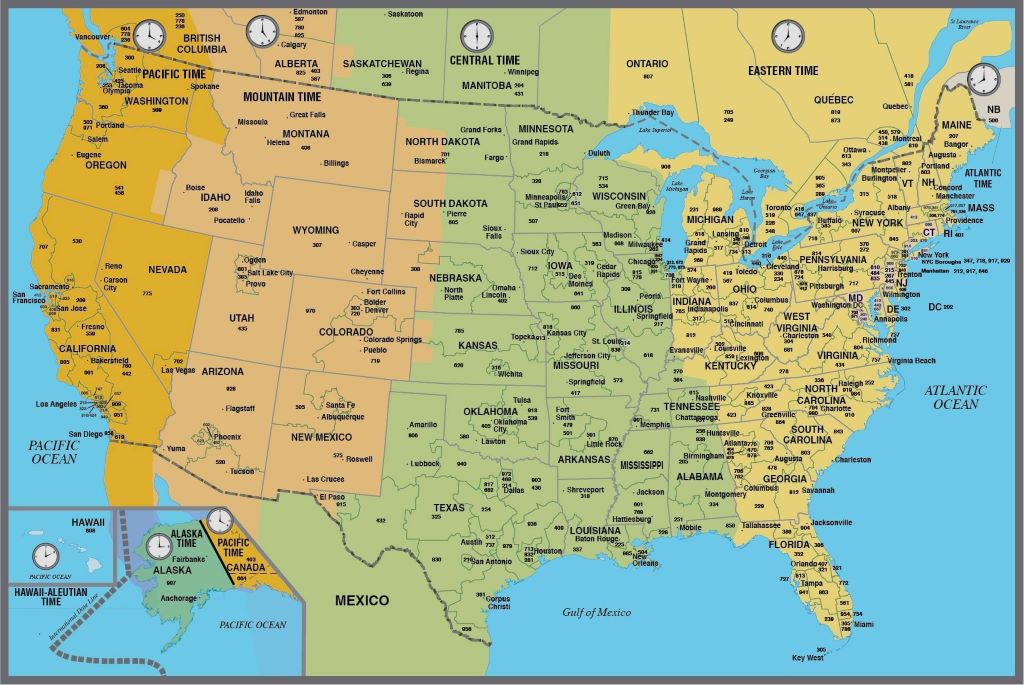The 400 area code holds a unique position in the North American Numbering Plan (NANP). Unlike most familiar area codes associated with specific geographic locations, the 400 code isn’t currently assigned to a particular region. This article explores the 400 area code, delving into its purpose, historical context, and potential future uses.
Understanding Area Codes:
For those unfamiliar, area codes are the three-digit prefixes that precede seven-digit local phone numbers in the United States and Canada. The NANP, a joint U.S.-Canada-Mexico agreement, allocates these codes to specific geographic regions to facilitate efficient call routing.
The Curious Case of 400:
The NANP assigns area codes following a specific numbering scheme, reserving the 0 and 1 prefixes to avoid confusion with international dialing and special services. Interestingly, the 400 block was deliberately excluded from geographic allocation due to concerns about potential misdials with common prefixes like 800 (toll-free numbers).
Current Use of 400 Area Code:
So, if not for geographic use, what purpose does the 400 area code serve? The answer lies in its designation for non-geographic services.
The 400 code serves several key purposes in current usage:
- Future Expansion: The NANP anticipates future growth in phone numbers. Reserving the 400 block provides a buffer for assigning new area codes geographically if needed.
- Non-Geographic Numbers: The 400 code is used for specific service types that aren’t tied to a physical location. Examples include:
- Certain toll-free service numbers (though not all)
- Numbers used by Internet service providers (ISPs)
- Numbers for private business networks
Benefits of Non-Geographic Codes:
Non-geographic area codes offer several advantages:
- Flexibility: Businesses can operate across locations with a single area code, simplifying call routing.
- Scalability: Non-geographic codes can accommodate growth without needing location-specific area codes.
- Memorable Numbers: Businesses can choose vanity numbers (easy-to-remember sequences) within the 400 block for better brand recognition.
The Future of 400:
The future use of the 400 area code remains open-ended. With the increasing popularity of VoIP (Voice over Internet Protocol) and mobile phone usage, the traditional landline-based NANP system might evolve. Officials could potentially repurpose the 400 block for entirely new numbering schemes to accommodate these technological shifts.
Related: How to Use Yard Signs to Target Very Specific Groups in Cities
In Conclusion:
The 400 area code serves a unique purpose within the NANP. While not currently used for geographic locations, it plays a vital role in supporting non-geographic services and offers flexibility for businesses. As communication technology continues to develop, the 400 code might find new applications in the future.





